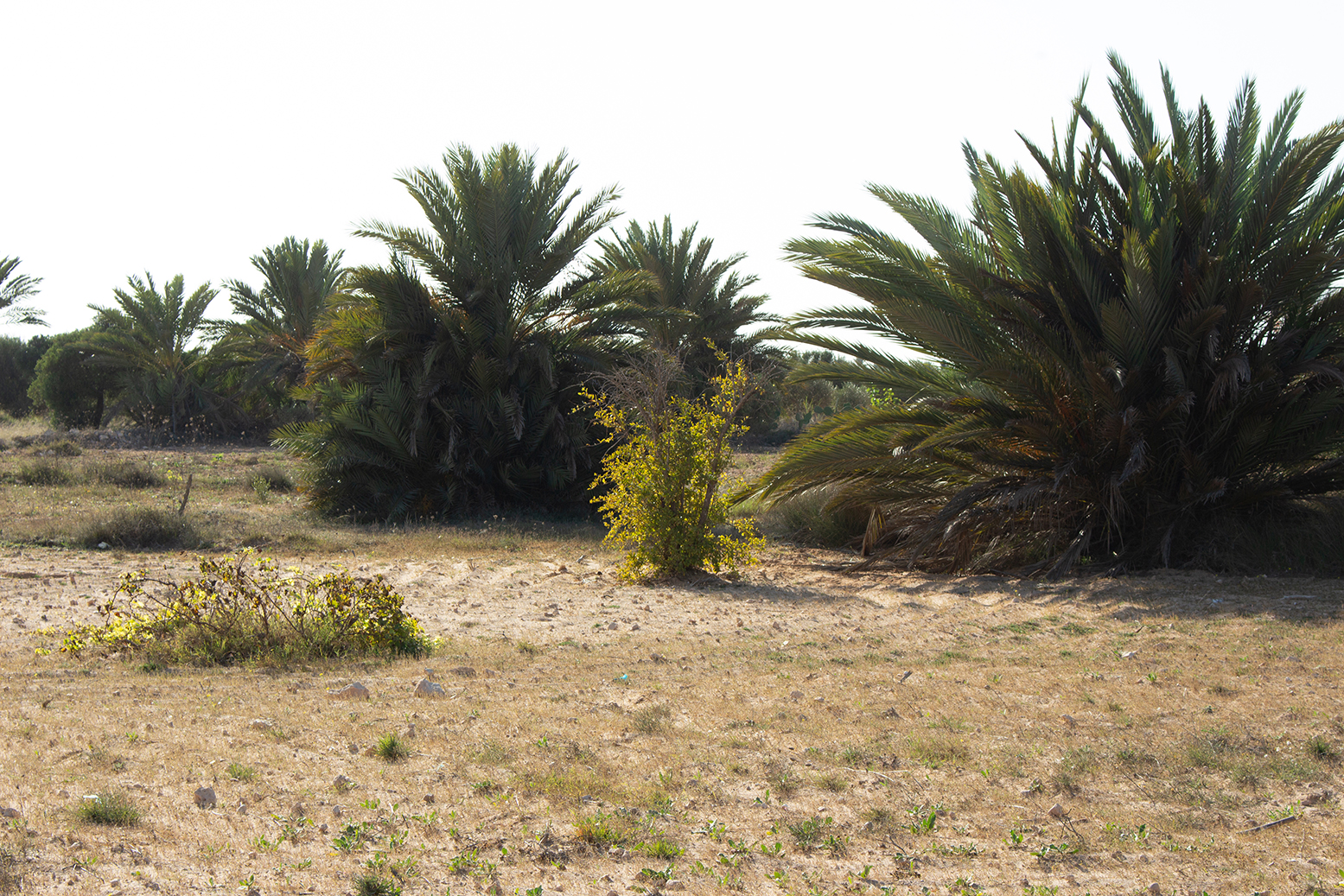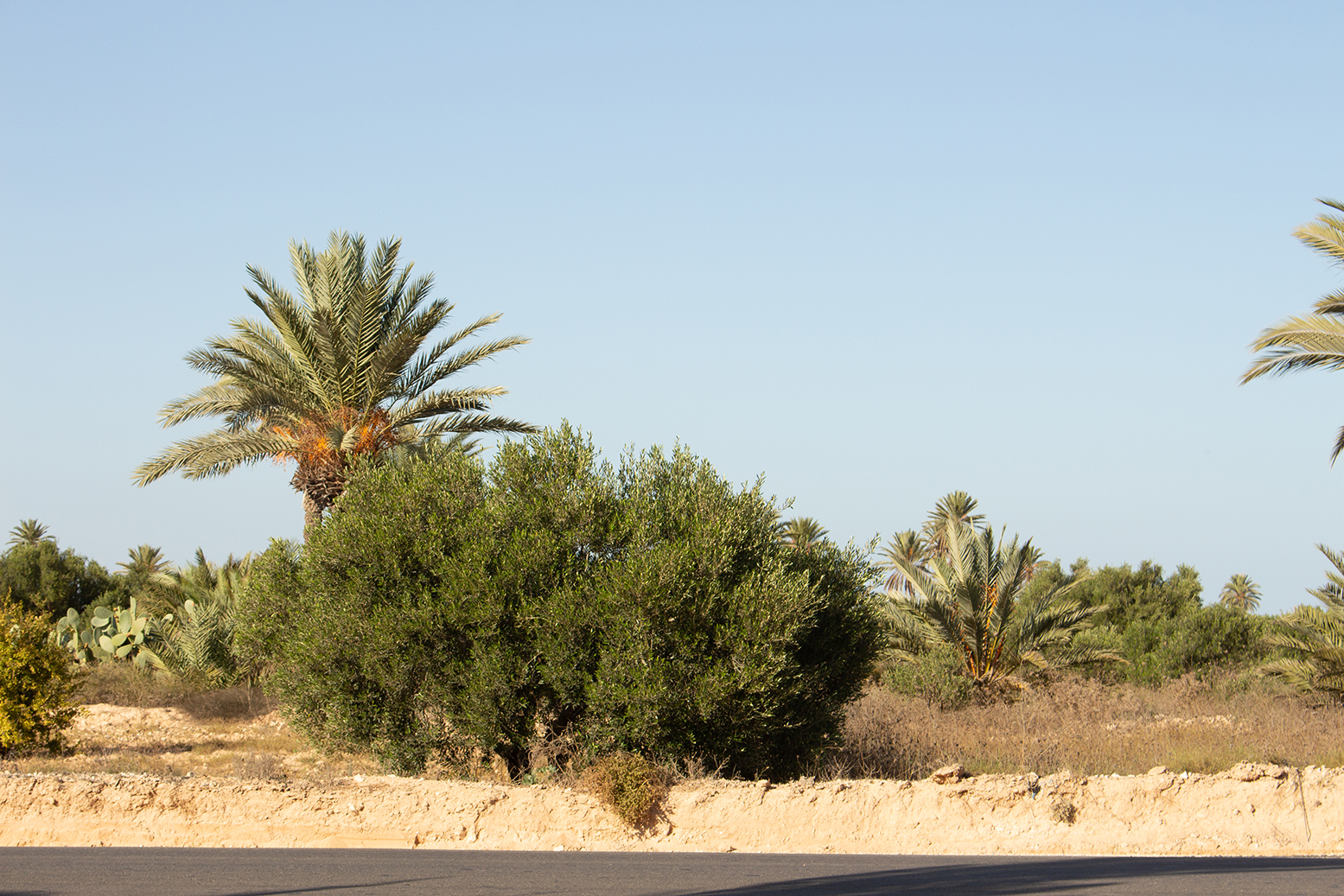ENTER A PRODUCT: Submission #36
Secondary tabs
Submission information
Submission Number: 36
Submission ID: 42
Submission UUID: 6852996f-5611-4a76-9fc3-50a7cab85c58
Submission URI: /slowfood/form/segnala-un-prodotto-bk1
Created: Wed, 03/22/2023 - 12:57
Completed: Wed, 03/22/2023 - 13:01
Changed: Mon, 10/02/2023 - 06:48
Remote IP address: (unknown)
Submitted by: admin-form
Language: English
Is draft: No
Current page: Complete
Webform: ENTER A PRODUCT
General Info
Kerkennah Ghaba
Phoenix dactylifera L.
| Category |
|---|
| Frutta fresca, secca e derivati |
Geographic area: Isole Kerkenna, Tunisia
Latitude: 34.7219581
Longitude: 11.156696
Location: 34.721958,11.156696
Formatted Address: Isole Kerkenna, Tunisia
State/Province: Governatorato di Sfax
Country: Tunisia
Country Code: TN
Latitude: 34.7219581
Longitude: 11.156696
Location: 34.721958,11.156696
Formatted Address: Isole Kerkenna, Tunisia
State/Province: Governatorato di Sfax
Country: Tunisia
Country Code: TN
Product description
The Kerkennah ghaba (palm grove) is a mixture of male feet, called locally mersit, and female feet. These palms are usually grown from kernels and each individual or clump of palm is unique. A study on the genetic diversity between date palm geographic groups selected from south Tunisia revealed that Kerkennah had the highest expected heterozygosity values.
Kerkennians classify this diversity under three categories, according to their textures and period of maturity: the R’tob, the Temri and the Cherki.
The R’tob stage is a short period in which dates are half-softened, water-rich, having yellow to brown colour, belonging to a specific date palm tree population, called Rotbi. During this phase, the percentage of moisture in the fruits is at its highest level, which makes them very delicate to handling. For this reason, R’tob dates are very sensitive to autumn rains, and they are generally collected by grappling.
The Tmer stage refers to a consistent, firm and hard berry whose maturity is later. This type of dates is preserved after drying in jars in the form of Cheddakh, to be consumed in winter.
The Cherki falls between the two, both in terms of ripeness and consistency. During its ripening phase, it is picked as it is needed for Teflit: the fruit is stoned and cut in half, then put in the sun to dry. It is then preserved by adding thyme in jars.
The classification of dates into 3 categories according to the local appellation (R’tob, Charki and Tmer) can be explained by two criteria, the water content and the sugar concentration. To preserve humid dates, it’s essential to transform them in rob (Date syrup), or dry them.
Kerkennians classify this diversity under three categories, according to their textures and period of maturity: the R’tob, the Temri and the Cherki.
The R’tob stage is a short period in which dates are half-softened, water-rich, having yellow to brown colour, belonging to a specific date palm tree population, called Rotbi. During this phase, the percentage of moisture in the fruits is at its highest level, which makes them very delicate to handling. For this reason, R’tob dates are very sensitive to autumn rains, and they are generally collected by grappling.
The Tmer stage refers to a consistent, firm and hard berry whose maturity is later. This type of dates is preserved after drying in jars in the form of Cheddakh, to be consumed in winter.
The Cherki falls between the two, both in terms of ripeness and consistency. During its ripening phase, it is picked as it is needed for Teflit: the fruit is stoned and cut in half, then put in the sun to dry. It is then preserved by adding thyme in jars.
The classification of dates into 3 categories according to the local appellation (R’tob, Charki and Tmer) can be explained by two criteria, the water content and the sugar concentration. To preserve humid dates, it’s essential to transform them in rob (Date syrup), or dry them.
Rotbi collected dates are preserved and then consumed without pitting. After harvesting, dates are dried in the sun for several days and then stored in well packed Madhrebs (large jars of almost 200 litres), hermetically sealed. The Methrebs are only open in winter and produced the cheddakh, the traditionally dried dates.
Kerkennians have a very important know-how about the use and processing of date palm products, related to their way of life and fishing activities: palm leaves are used to prepare the Charfia (traditional method of fishing, see Charfia Presidia); palm rachis are used for the manufacture of mats, which are used in fishing specific fish varieties; rachis bases (Kernef) are widely used for beating octopus (garnished), but also for threshing Bser (called also Blah, it is a stage of maturity of dates in which the fruits reach their final weight, volume and percentage of sugars) and Rotbi dates for preservation; palm trunks are used in roofing houses, since they are known to be strong and resistant, and for making the Kerkenian canoe (Kh’tam); twigs from post-harvest date bunches are used for the manufacture of drayen (capture chamber) of the charfia fishing device.
The kerkennian people used to see the palm tree as a blessed tree and as a source of good and development, translated by the popular proverb, "the land of palm trees is never deserted".
The kerkennian people used to see the palm tree as a blessed tree and as a source of good and development, translated by the popular proverb, "the land of palm trees is never deserted".
The palm tree (Phoenix dactylifera L.) is deeply rooted in the history of Tunisia. Herodotus (V th century BC), the "father of history", was the first to provide information on this tree, mentioning its extension and irrigation methods in many regions of Tunisia such us the archipelago of Kerkennah.
According to A. Louis (1961), "The palm tree is the Kerkennians’ first tree, it defines the landscape, it makes its charm and originality.” Almost all parts of the palm tree are included in artisanal use, whether for domestic, agricultural, recreational, maritime or other activities. A. LOUIS (1961) added “for the kerkennian the palm tree is a precious friend, there is so much to get from it: fruits, fibers of the diet, sticks, spathe, palms, trunk, stipe, leaflets, nothing is lost”.
According to A. Louis (1961), "The palm tree is the Kerkennians’ first tree, it defines the landscape, it makes its charm and originality.” Almost all parts of the palm tree are included in artisanal use, whether for domestic, agricultural, recreational, maritime or other activities. A. LOUIS (1961) added “for the kerkennian the palm tree is a precious friend, there is so much to get from it: fruits, fibers of the diet, sticks, spathe, palms, trunk, stipe, leaflets, nothing is lost”.
There are several traditional procedures essentials to palms care, unfortunately less and less practiced:
Palm trees pollination, made by a pollinator (dhokkar) in spring, which sprinkles fine particles allowing the fertilization of the talaa (dates in their embryonic state);
Irrigation, carried out using a technical system that distributes water in an equitable manner through a network of channels. Cut of the dry parts of the palm tree and creation of “stairs” from the leaf’s junctions, to make it easier to climb the tree. In harvest season, the farmer cleans the palm again, cuts the bunches of dates and brings them down using ropes made from the palm.
Rotbi dates represent a very important product for the archipelago but today, with the whole Kerkennah palm grove, is threatened by anthropic pressure and abandonment.
The neglect of some areas in favour of urbanisation and the invasion of palm groves by the Alpha, once widely used in rope making by the population, is added to the introduction of Acacia, that in the western area of Mellita it has completely invaded the palm grove. Abandon and neglect had driven a drop in the number of palm trees, visible by simple passage through the islands.
Palm trees pollination, made by a pollinator (dhokkar) in spring, which sprinkles fine particles allowing the fertilization of the talaa (dates in their embryonic state);
Irrigation, carried out using a technical system that distributes water in an equitable manner through a network of channels. Cut of the dry parts of the palm tree and creation of “stairs” from the leaf’s junctions, to make it easier to climb the tree. In harvest season, the farmer cleans the palm again, cuts the bunches of dates and brings them down using ropes made from the palm.
Rotbi dates represent a very important product for the archipelago but today, with the whole Kerkennah palm grove, is threatened by anthropic pressure and abandonment.
The neglect of some areas in favour of urbanisation and the invasion of palm groves by the Alpha, once widely used in rope making by the population, is added to the introduction of Acacia, that in the western area of Mellita it has completely invaded the palm grove. Abandon and neglect had driven a drop in the number of palm trees, visible by simple passage through the islands.
NO
Upload space
- Image:

- Image:
